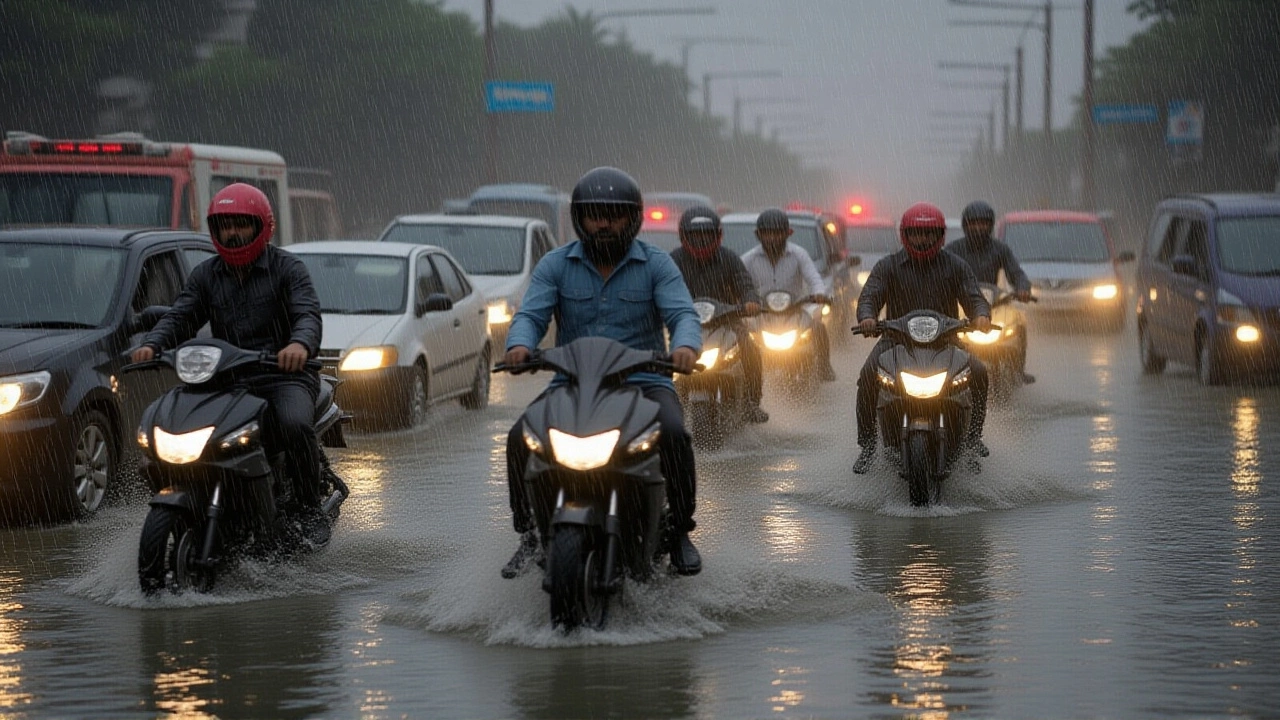Cyclone Shakti: Understanding the Storm and Its Aftermath
When talking about Cyclone Shakti, Cyclone Shakti, a severe tropical cyclone that struck India’s southwestern coast in May 2023, bringing record‑breaking rainfall and wind to Kerala and Tamil Nadu. Also known as 2023 Kerala Cyclone, it exposed weaknesses in local disaster management, the set of policies and actions used to prepare for and respond to natural hazards and sparked a nationwide debate about climate change, the long‑term shift in weather patterns that intensifies storms like Shakti. The storm’s rapid intensification caught many forecasters off guard, prompting calls for more accurate satellite‑based prediction models.
Within hours, more than 1.5 million residents were moved to shelters, and the state’s emergency response teams, organizations such as the National Disaster Response Force and State Relief Police that coordinate rescue and relief operations worked nonstop to deliver food, medical aid, and temporary housing. Power lines fell in coastal villages, water supplies were contaminated, and logistics teams faced flooded roads, yet their coordinated effort kept the death toll relatively low. The experience highlighted how swift, organized response can mitigate loss, while also revealing gaps in early‑warning dissemination to remote areas.
In the aftermath, a wave of relief efforts, distribution of clean water, blankets, and reconstruction support for damaged homes by NGOs, community groups, and volunteers poured in. Local volunteers mapped flooded zones using smartphones, allowing aid trucks to reach the hardest‑hit neighborhoods faster than ever before. These community‑driven actions built on lessons from the 2018 Kerala floods, showing that grassroots participation is a crucial layer of any disaster response strategy.
Policy makers are now revisiting disaster risk reduction frameworks to make the region more resilient. The storm’s intensity, tied to rising sea‑surface temperatures, reinforces the argument that climate‑change mitigation must be part of any long‑term resilience plan. Investments are being fast‑tracked for early‑warning technology, coastal afforestation, and flood‑plain zoning that can absorb excess water. Researchers are also studying Shakti’s rainfall patterns to improve predictive models and inform agricultural advisories, aiming to protect crops that are vulnerable to sudden deluges.
Below, you’ll find a curated collection of articles that break down Shakti’s meteorological profile, examine the on‑the‑ground response, and discuss the broader implications for climate policy and disaster preparedness. Whether you’re after a quick recap or an in‑depth analysis, these pieces provide the context you need to understand this storm’s lasting impact.

6
Oct
IMD warns of heavy rainfall across eastern and central India, with Delhi hit by wet spell on Oct 5‑6 as a western disturbance and Cyclone Shakti stir gusty winds and cooler temps.
Read More
